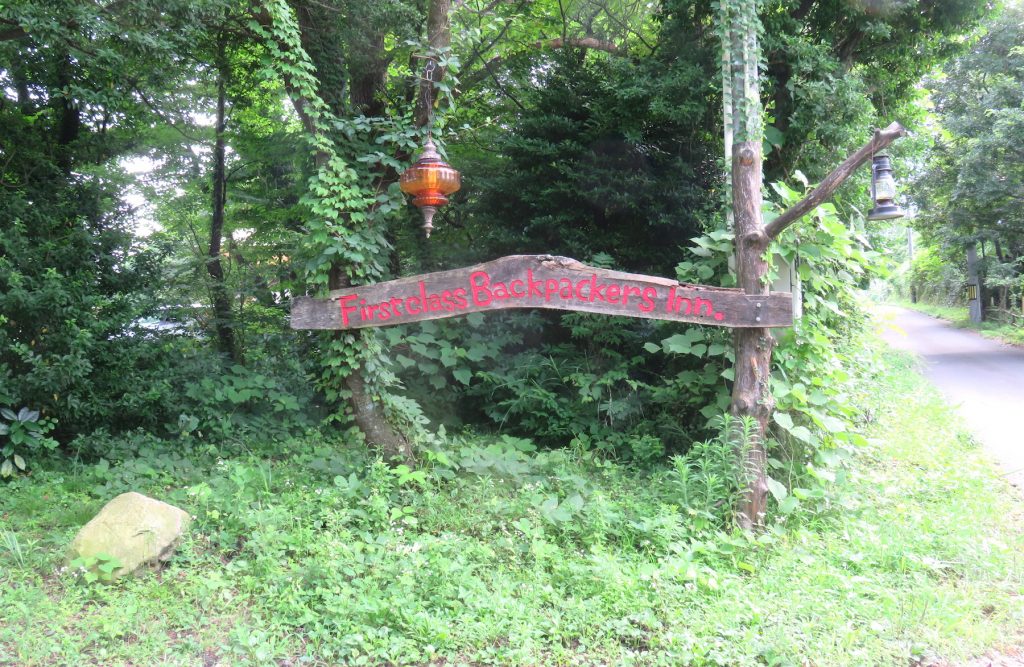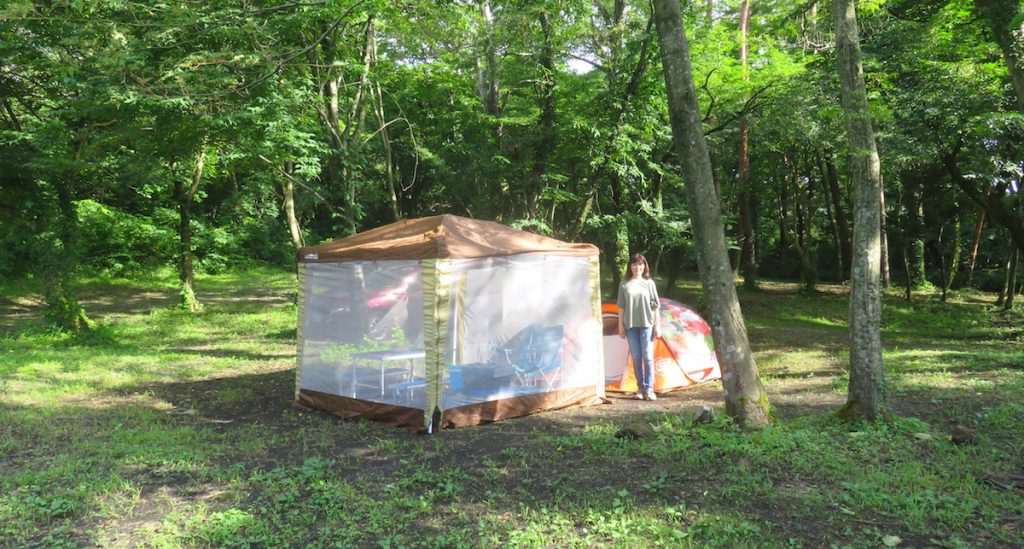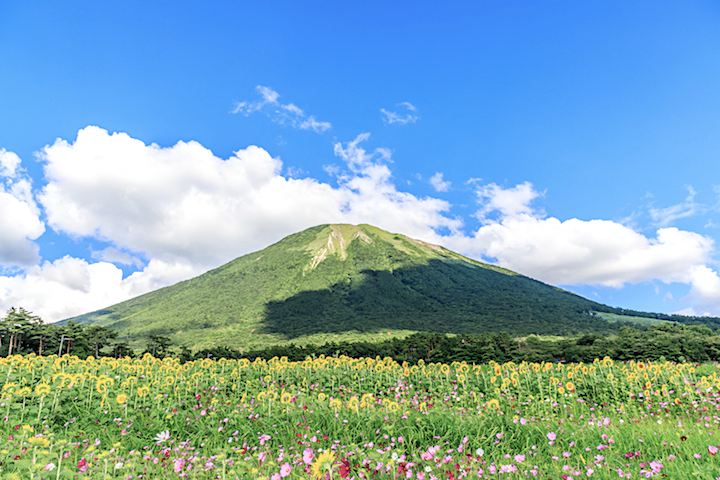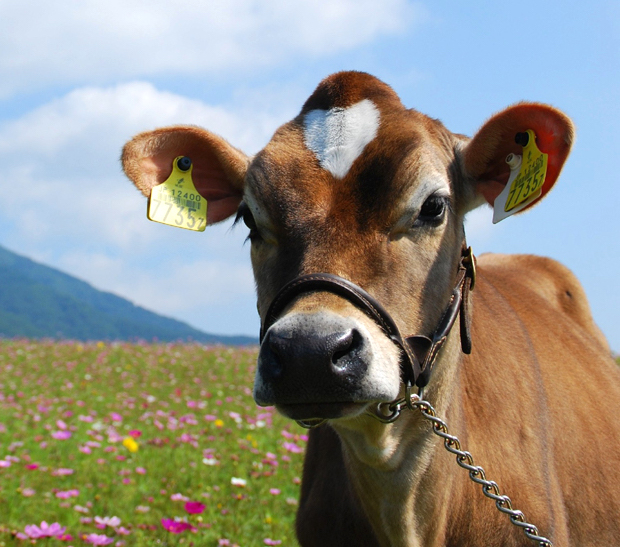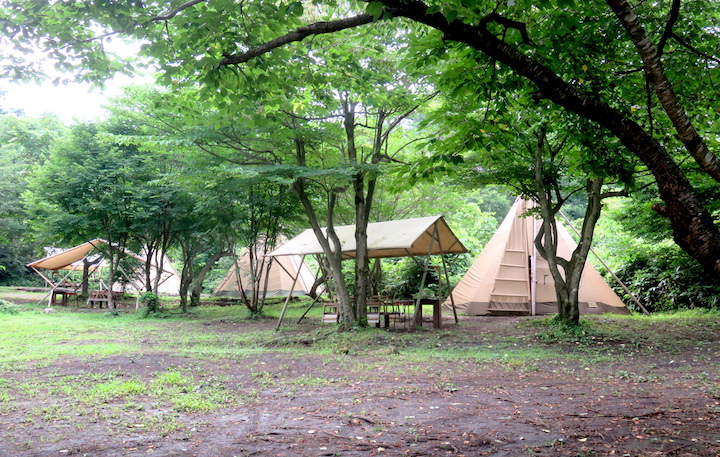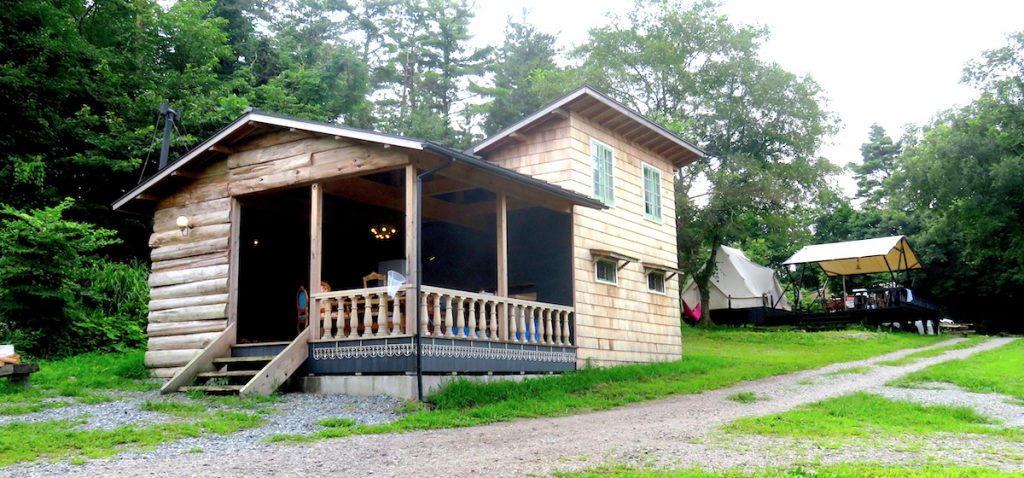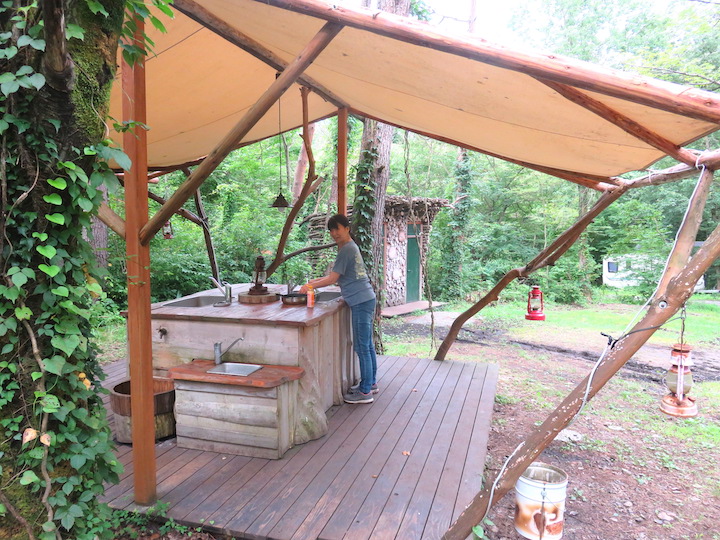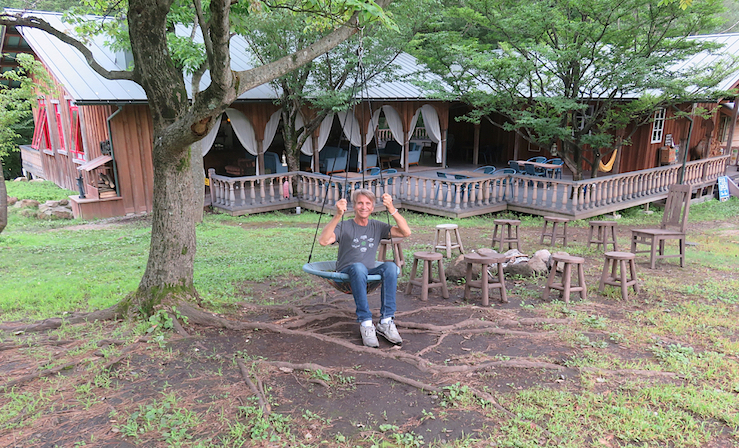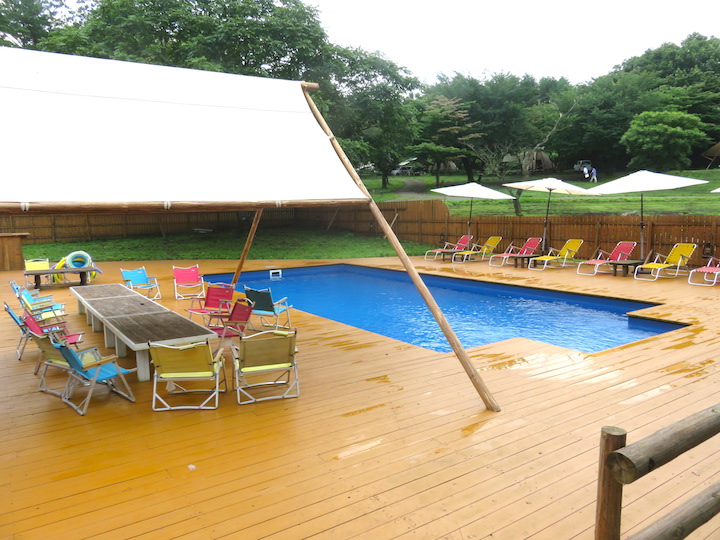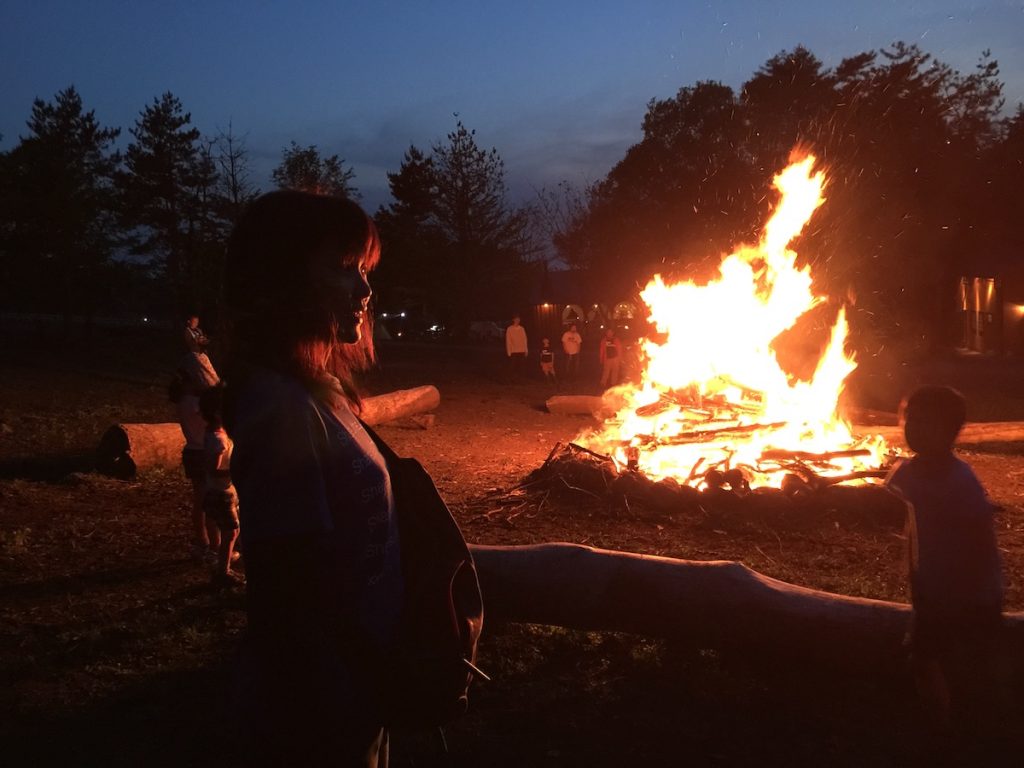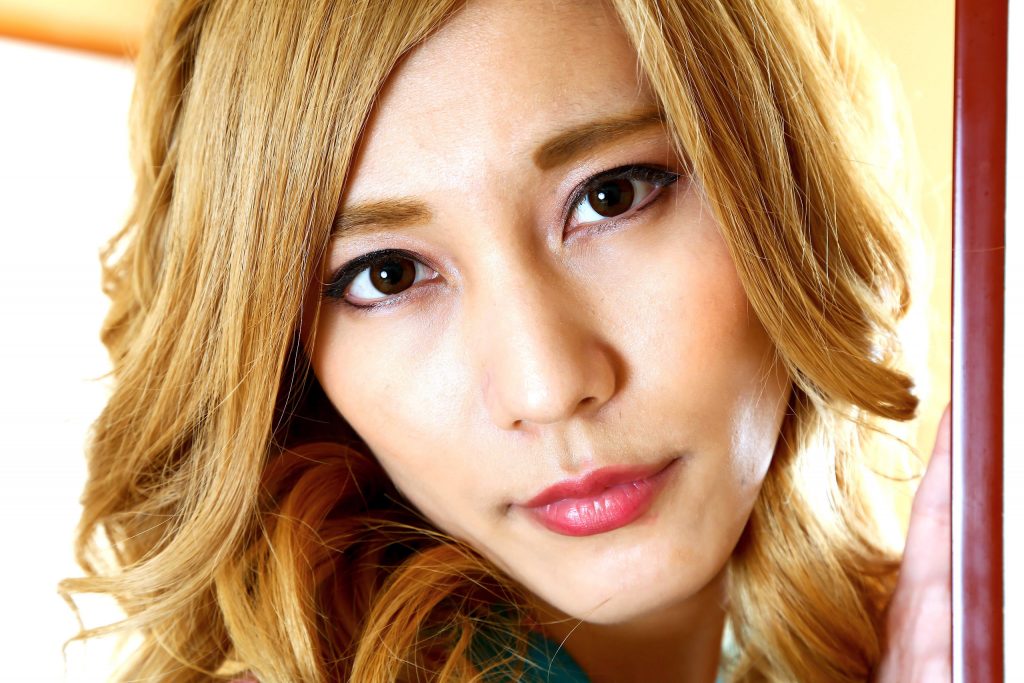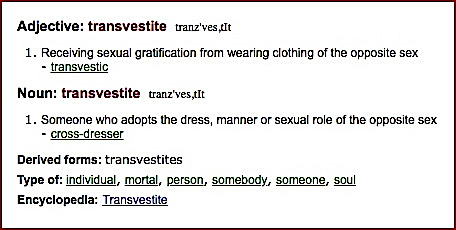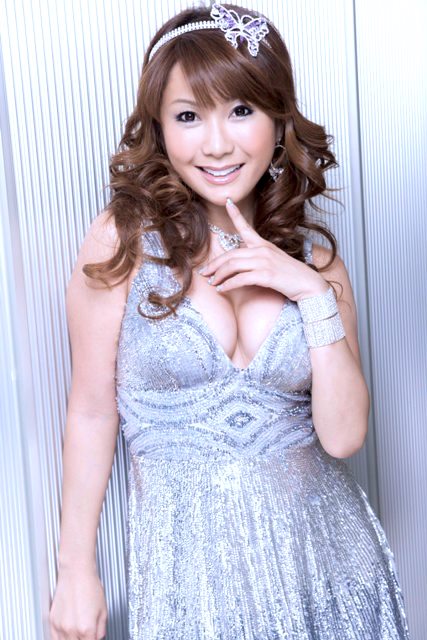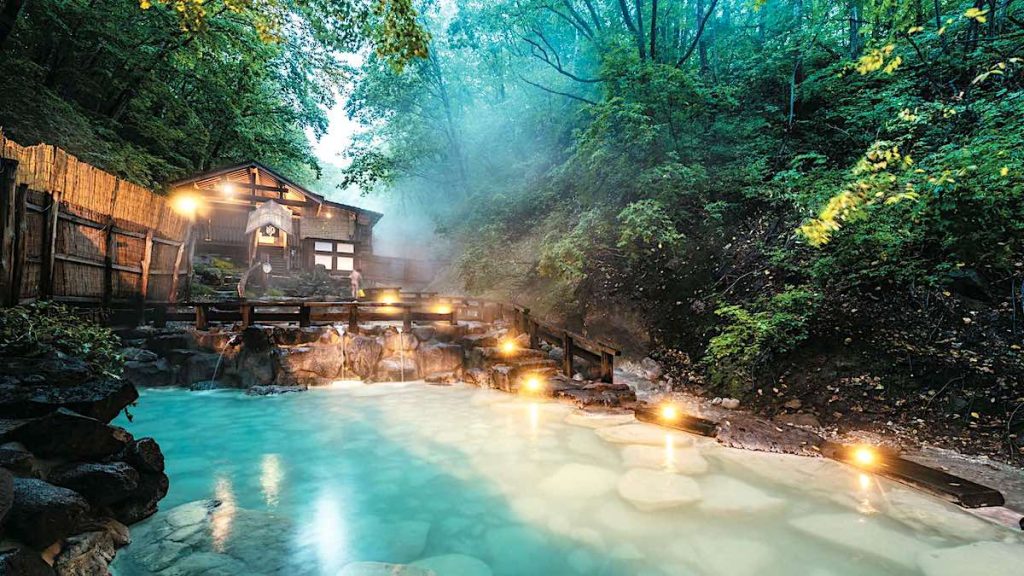
Granted, it took me sixty years to figure it out. But yes, it was worth the wait. I say . . .
The onsen is the greatest invention in human history!

Okay . . . okay . . . maybe that’s a bit extreme. After all, there’s the wheel, the combustion engine, the computer. The salad shooter!
Having said that, the onsen still has to be somewhere up there in the Top 20.
An onsen — 温泉 — is a hot spring for bathing. And I have to say, I had no idea what I was missing until my first visit to Japan in July 2007. That was in Nagano Prefecture, where I was a WWOOFing volunteer at an organic farm/restaurant called Canadian Farm.

A little history: My first introduction to the onsen was a chapter in a hilariously funny book by one of my favorite humor writers, a volume called Dave Barry Does Japan. I can still feel his discomfort, his utter humiliation, sitting in a pool of steaming hot water with a bunch of strangers, naked except for folded towels draped over their heads. In fact, I can still recall my discomfort and humiliation my own first time in Nagano! Of course, that was purely the result of my own narrow conditioning, my being uptight, self-conscious, squeamish, and completely ridiculous, the product of growing up a pathetic urban hick in the hypocritically Puritan anti-culture of the American Midwest.
But enough about me and growing up in the shaming buzzkill of Detroit, Michigan.
In 2007, I quickly discovered that onsens are as much a defining characteristic of Japan as sushi, geishas, tofu, Mt. Fuji, and sumo wrestling.
There are hundreds — maybe thousands — of onsens scattered across the volcanic landscape here. Americans go skiing. Or to the beach. Or Disneyland. Japanese go to onsens, often for an extended holiday. There are whole towns full of resort hotels catering to this ritual.


Onsens come in all shapes and sizes. Some indoors, some outdoors. Some are spartan. Others indulge in lavish aesthetics and connecting with nature.


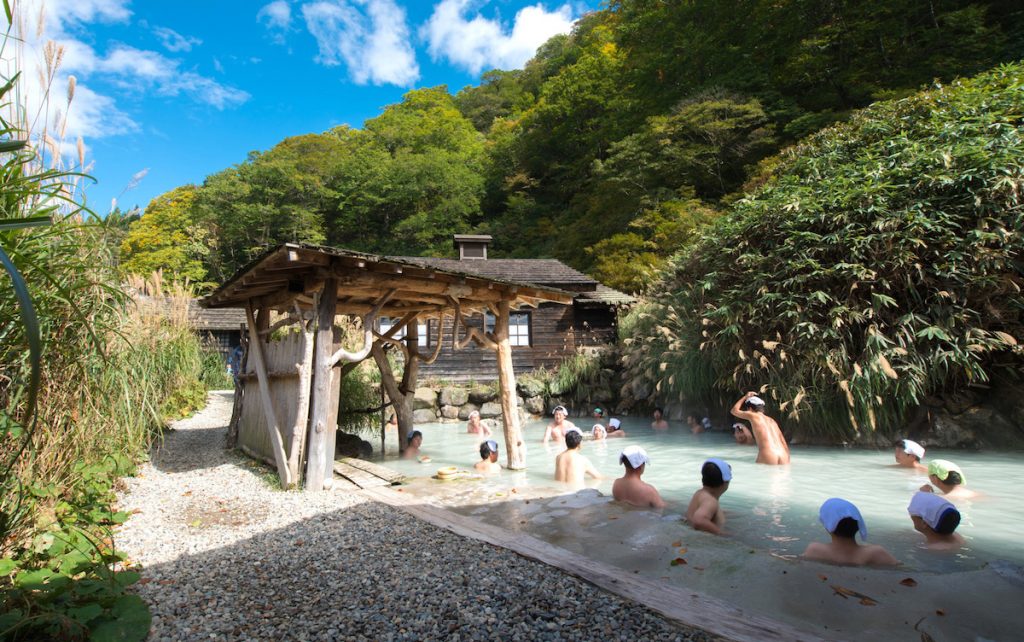

Our favorite local onsen — there are three relatively close to town — is on the way to Kyoto, maybe a twenty-five minute drive. It’s called Rurikei. While the attached resort is relatively fancy, the baths themselves are purely functional. Mostly indoor but a few outdoor pools.
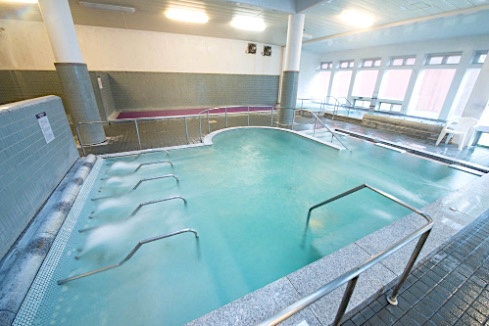
Rurikei has no stunning mountain or rocky river rapids vistas. But it’s very functional, with a decent-size swimming pool, steam baths, saunas, refreshments, even massages.
One of the main reasons we really love this place is that, unlike 99% of other such facilities, it’s co-ed! Yes, it’s a family affair with males, females, moms, dads, kids, all ages, all sizes. Of course, everyone wears a bathing suit. On the other hand, if a person prefers a more traditional setting, each dressing area has bathing pools, men only and women only, where everyone lets everything hang out as they hang out in the hot water together. There are even huge flat-panel televisions, so there’s no excuse for missing a favorite sporting event or cooking show.
I marvel every time I go. I leave feeling renewed, relaxed, refreshed. And clean! I’ve never ever felt so clean, as when I walk out after an hour or so at a Japanese hot spring.
By the way, it’s not just us humans who are totally enamored with relaxing in the steamy hot, therapeutic water of an onsen.
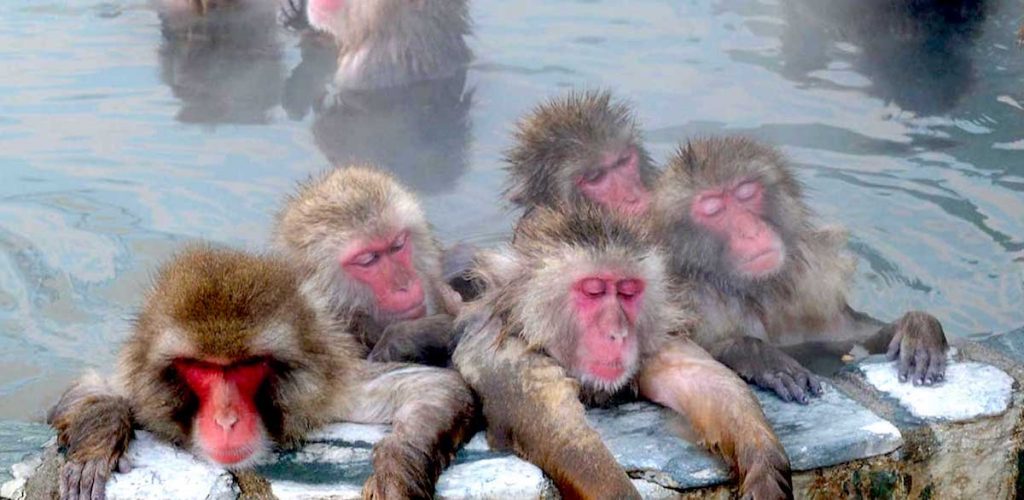
[ This originated at the author's personal website . . . https://jdrachel.com ]
Life In Japan: Onsen
